-
Posts
3,372 -
Joined
-
Last visited
Content Type
Profiles
Blogs
Forums
American Weather
Media Demo
Store
Gallery
Posts posted by EasternLI
-
-
Yup. 49ers in trouble quickly lol
-
 1
1
-
-
We 2001-2002...
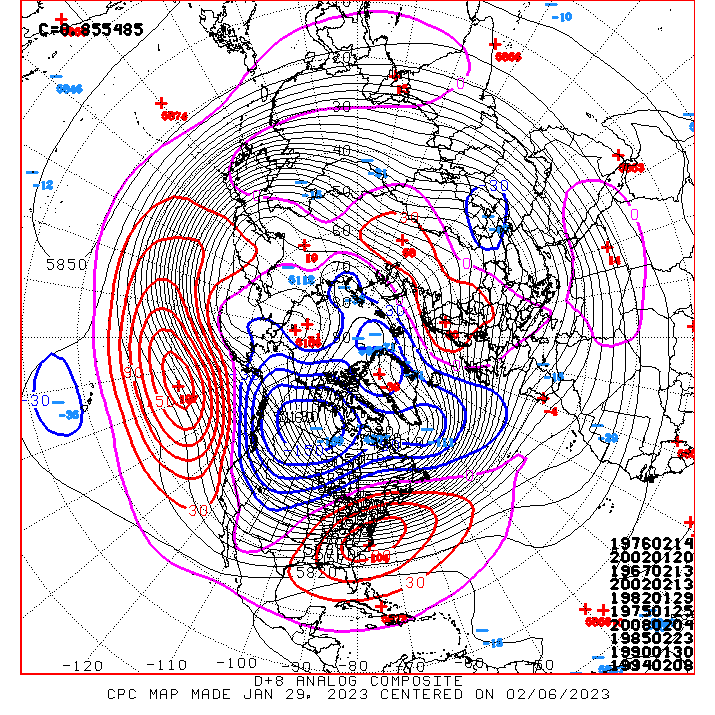
-
 2
2
-
 1
1
-
-
Crash Eagle's Crash
-
 1
1
-
-
Roy Munson winter

-
~5th doesn't look so terrible for some kind of system. The vortex is lifting away from our lap. Leaving some cold available. We do get windows in those situations. Timing that right, that's another story.
-
 2
2
-
-
-
1 hour ago, EasternLI said:
Past 30 days of OLR(shading) with 200mb velocity potential from JMA. Past 30 days of sst averaged. Warm pool did the heavy lifting in the tropics this month. You'd expect a horrible Pacific with this type of positioning here. Just like we got. I have a theory about why the Pacific jet may have remained supercharged for so long as well. With the TPV parked in siberia for the bulk of the month. Which set some cold records there. Then you have this warm pool sitting directly south of that. I'm wondering if that sharp temperature contrast between the two features at least helped that happen. The longevity of it. Can't prove that right now, but it's a idea.
Just to tack on to this quickly. The following figure from the following article, nicely displays what we would like to see instead. Bias this further east towards the central Pacific, you can get a nice Pacific. Biased west, extending towards the Indian Ocean, we can get what we've seen.
-
3 hours ago, Nibor said:
Yo I know this shit has been said a million times this winter and it doesn't really need to be rehashed but man... this winter really fuckin sucks.
Like... shit is so god damn boring.
Yup. Boring winters are the worst. This one is evil though. How dare you flash us that December block, fail on that completely, then do this. Shoot it into the sun.
-
 1
1
-
-
Past 30 days of OLR(shading) with 200mb velocity potential from JMA. Past 30 days of sst averaged. Warm pool did the heavy lifting in the tropics this month. You'd expect a horrible Pacific with this type of positioning here. Just like we got. I have a theory about why the Pacific jet may have remained supercharged for so long as well. With the TPV parked in siberia for the bulk of the month. Which set some cold records there. Then you have this warm pool sitting directly south of that. I'm wondering if that sharp temperature contrast between the two features at least helped that happen. The longevity of it. Can't prove that right now, but it's a idea.
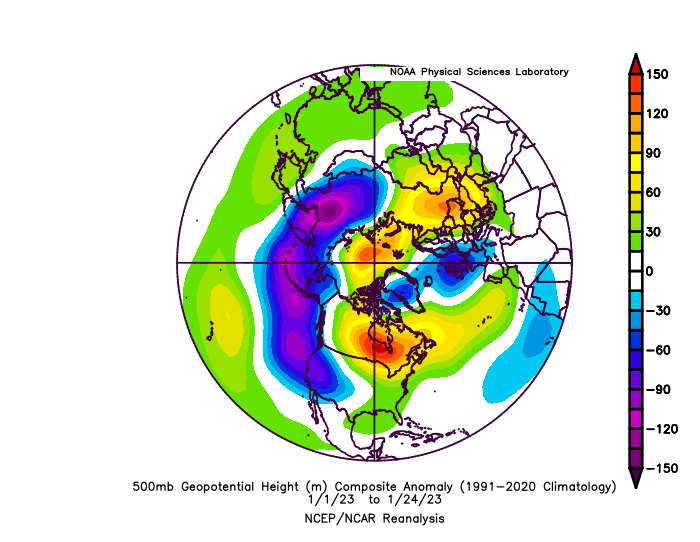
-
 1
1
-
-
21 minutes ago, Volcanic Winter said:
So what does it mean when I’m in ACY with my wife and spending more time checking the models than gambling? After a couple drinks checking the models feels more like emotional gambling than getting fleeced on roulette or something.
Ah yes, this is the standard operating procedure of the weather weenie. We all know it well. You're having a better time than me. Here's a live look at my situation:
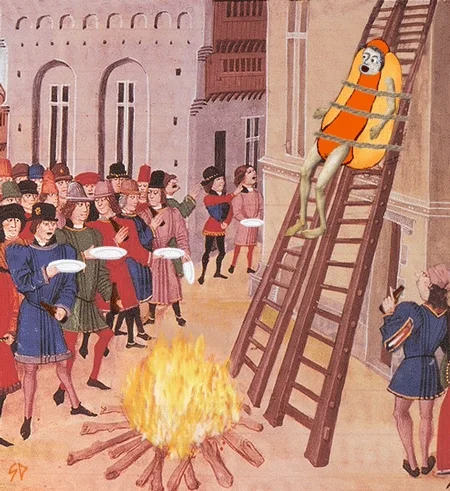
-
 1
1
-
 4
4
-
-

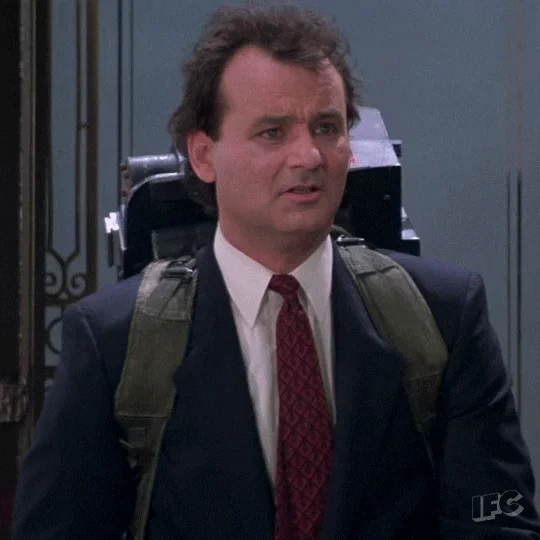
-
 1
1
-
 1
1
-
-
2 minutes ago, jm1220 said:
97-98 would've been a really nice winter had it been a few degrees cooler. Lots of favorable tracks but just overwhelmed in warm air. 09-10 did end up a good season despite the 2/6 disaster, and 1/23/16 was set to miss us as well but there was a last minute 75 mile north bump that saved most of us. We never really have a 'gimme' winter here.
Yeah, I'm just having some fun. So very much goes into it. I'm becoming more and more of a believer that the PDO plays a tremendous role too. The more I read about that in updated research. Same idea with the gradients. I feel like this was a major factor in 95-96 TBH. La nina, but positive PDO that year. I think that helped us out. Quite rare to see that with la nina.
-
 1
1
-
-
17 minutes ago, LibertyBell said:
strong el ninos are good for us because we get our biggest snowstorms in them
Can be, have to be careful though
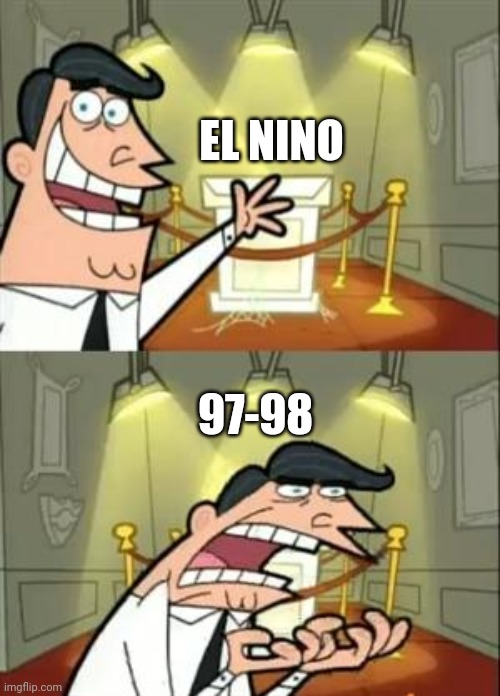
-
 1
1
-
-
1 minute ago, the_other_guy said:
if we get too strong of Nino, doesn’t that risk a 15-16 debacle?
historically, I feel like snow and cold. strong Niños are not a good thing for New York City.
And that's true also. That's because they set up too much of a gradient. Same thing with strong la ninas. It's usually too overwhelming. Where it's positioned matters too. These circulations alter the jet stream. It's all such a fine balance. That's without even adding anything else into that equation lol. And there's a lot. But this is one of our most important factors for sure. Since it happens in the Pacific.
-
10 hours ago, LibertyBell said:
it needs to be on the level of 02-03 or 09-10, weak el ninos wont do it for us anymore
Right. That's one way to do it. The other way is to see some cooling of that warm pool. And that's still possible at times as well, because there's still going to be at least some variation with it. Like there is with enso. That feature has the ability to take control of global weather patterns though. Since it's intrinsically linked with enso. So I personally have some grave concerns about that feature continuing to warm in the future.
-
 1
1
-
-
-
5 minutes ago, EastonSN+ said:

-
 2
2
-
 2
2
-
-
So 1918 seems to be another very interesting case actually. If others are interested, like I was. I only recently stumbled upon the NOAA enso reconstruction dataset. So I've been browsing. That timeframe sticks out.
1918 would have been part of the strongest la nina event of all time, according to that data. Going back to 1300 (!). Also, a 3 year event in the 3rd year. Which produced the following 500mb that January. Pretty wild. Three consecutive el ninos followed this.
1916 -0.907 1917 -3.724 1918 -2.315
.png.0d3ac5121d5b50dac2d4498bac51eba7.png)
-
 2
2
-
-
32 minutes ago, bluewave said:
I think it's everything together. I think that Pacific warm pool is a big deal though. I fear that thing. I strongly believe it's playing a role with that as it likes to drive a -PNA typically. So that's a logical response to that. But I also think la nina is amplifying that response to an extent since then. Because we seem to be in a la nina like cycle since then as well. By increasing the gradient next to that warm pool. Amplifying it's effectiveness. We did have the weak el nino in 18-19. However the gradient was non existent to the west of that because of that warm pool. So I think this is why that one acted atypical and more enso neutral like. No contrast. Same sort of situation for 19-20. This makes me very skeptical of the next el nino as well though. We'll need to see some gradients. Otherwise I think it's going to be useless again.
-
 3
3
-
-
NYC next week

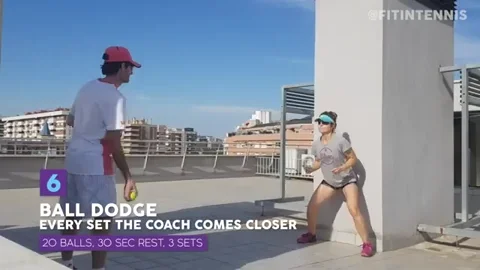
-
 2
2
-
-
3 minutes ago, jm1220 said:
The reason I keep saying that CC is a plus on top of an already crappy pattern is because this winter’s pattern would suck no matter what year. It’s been a rampaging Pacific along with the steep SE Ridge. “Another year” would be +7 or 8 January not +10 but it’s been constantly cold in the northern Plains and NW for several winters. Seattle has more snow than Boston this winter. Part of this to me is the rubber band snapping back and we can’t bank on blockbuster winters like we had last decade. Where CC might really contribute though is reinforcing certain patterns like these where the warm Atlantic reinforces the SE Ridge and warm western Pacific reinforces a Nina atmospheric state. More research needs to be done on that. In the summer it seems to reinforce our increasing humidity on a southerly flow vs more hot 95+ degree days on a westerly wind. The ridge becoming steeper causes the Bermuda High to move north and it becomes more Florida like here while the worst of the heat shoots over into New England.
Yes, well said. Same page.
Root of that is the Hadley cell expanding too. Causing those things IMO.
-
 1
1
-
-
I don't see why 2 things can't be true together. This pattern is utterly disastrous, true. The planet is getting warmer, true. So here we are. I don't think it's a question of one versus another. It was only a matter of time before these 2 factors converged to produce a snowless season. Maybe it's this one. TBD
-
 2
2
-
-
What an amazingly putrid Pacific this January has been too. You'd be hard pressed to draw it up much worse than this. Looks a little bit like the 1933 January Pacific did actually, but with a much much flatter Pacific Ridge this year. Wildly bad. Feel free to fade away la nina.

.png.f7e91236ab41d7ab0130d47c89089896.png)
-


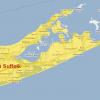


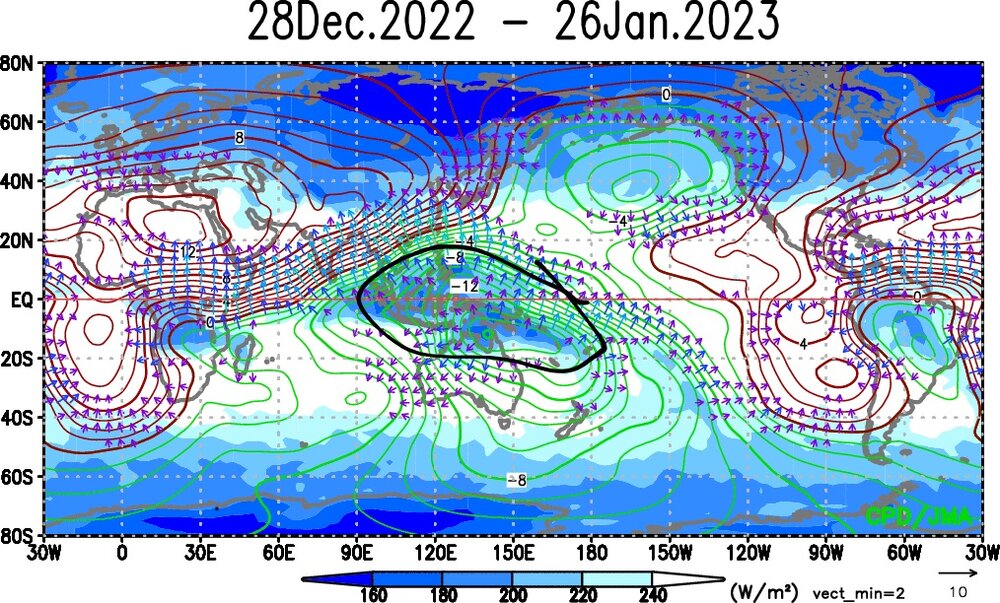
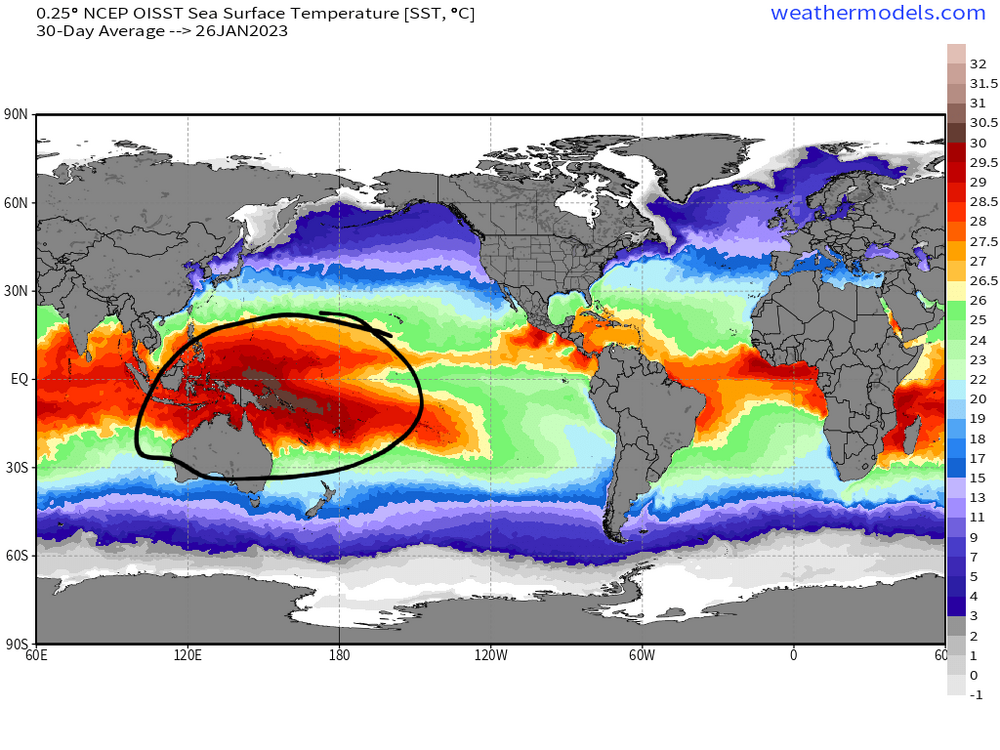
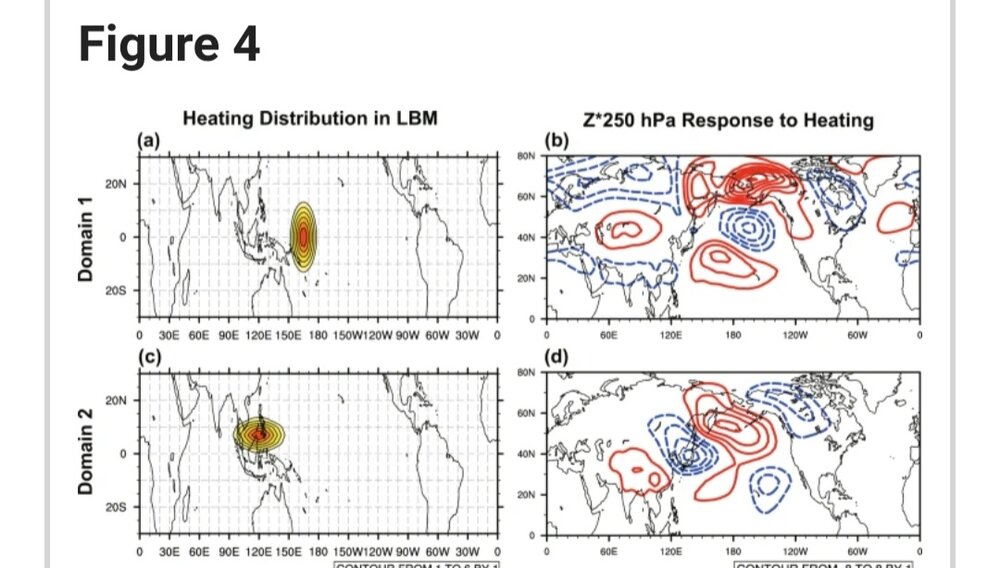
.thumb.png.2526276c3e9c0dbe530ae63fdba0568c.png)
.thumb.png.fc860d06f6d3900f94ff0f43fd198cba.png)






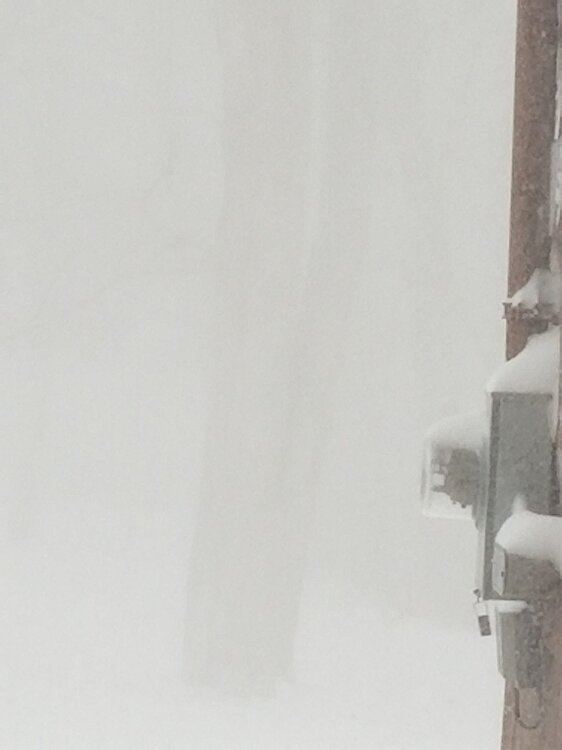
Winter Banter Thread
in New York City Metro
Posted
It's a game again lol